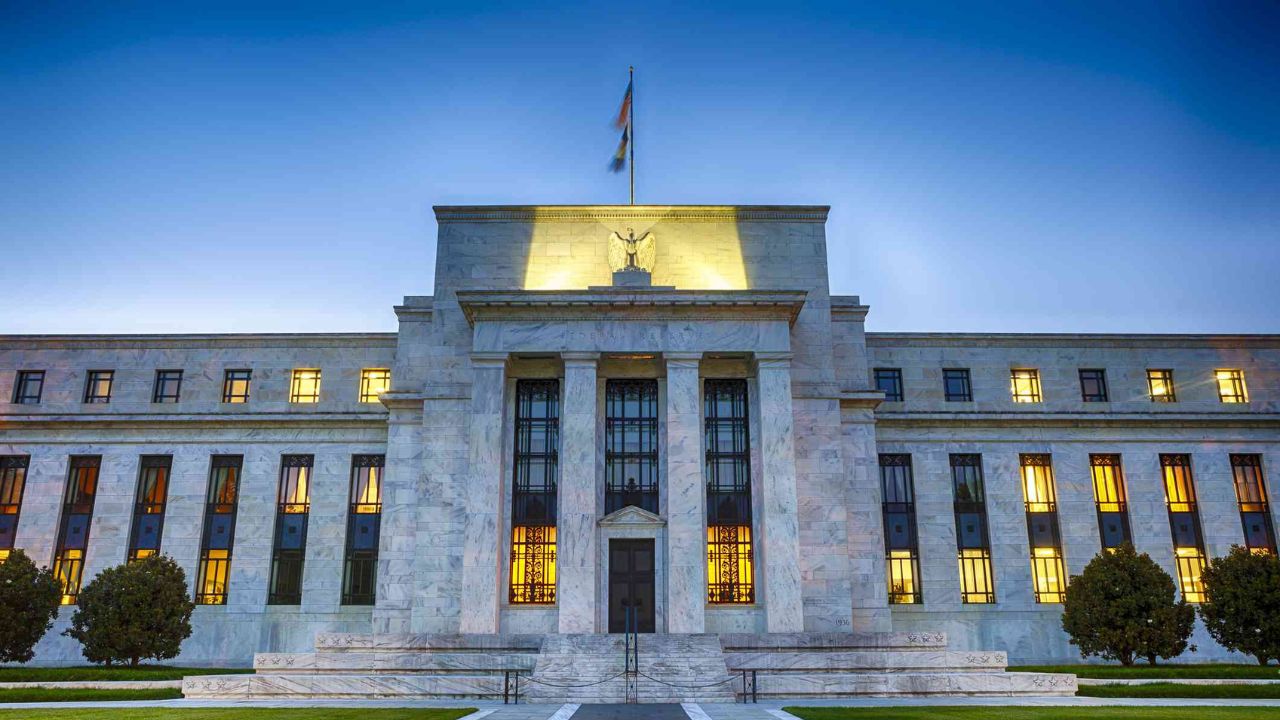Major brokerages in the United States are now forecasting that the Federal Reserve will lower interest rates in June, marking a shift from earlier market predictions.
This delay comes amidst concerns about persistent inflationary pressures, which have prompted policymakers to tread cautiously in adjusting borrowing costs.
Policy Uncertainty and Inflation Concerns
The release of Federal Reserve minutes from the Jan. 30-31 session revealed widespread uncertainty among policymakers regarding the appropriate timing and magnitude of interest rate adjustments.
Despite acknowledging the need to bring inflation to the central bank’s 2% target, concerns about the potential risks of cutting rates too soon have tempered the Fed’s response.
Inflationary pressures have remained stubbornly elevated, with consumer prices rising by 3.2% in the 12 months through February.

While this represents a slight deceleration from the peak of 9.1% in June 2022, it underscores the persistent challenges faced by the Fed in managing price stability amidst broader economic uncertainties.
Federal Reserve’s Assessment
Federal Reserve Chair Jerome Powell recently indicated that the central bank is approaching a point where it may have sufficient confidence in falling inflation to justify easing rates.
However, the Fed’s decision-making process remains contingent on a nuanced assessment of economic data and inflationary trends.
A poll conducted last week revealed a strong consensus among economists that the Fed will indeed cut its key interest rate in June, aligning with market expectations.

However, the likelihood of such a move has declined slightly, with CME’s FedWatch tool indicating a probability of around 53%, down from nearly 60% previously.
The Fed’s Delicate Balancing Act
As the Federal Reserve grapples with the dual challenges of managing inflation and supporting economic growth, the path forward remains fraught with uncertainty.
Policymakers face the daunting task of calibrating interest rate adjustments to strike a delicate balance between addressing inflationary pressures and sustaining the ongoing economic recovery.
The evolving expectations surrounding the timing of interest rate cuts reflect the complex interplay of economic indicators, market dynamics, and policy decisions.
While the prospect of lower rates may offer some relief to businesses and consumers, the Fed’s ultimate decision will hinge on its assessment of inflation trends and broader macroeconomic conditions.
